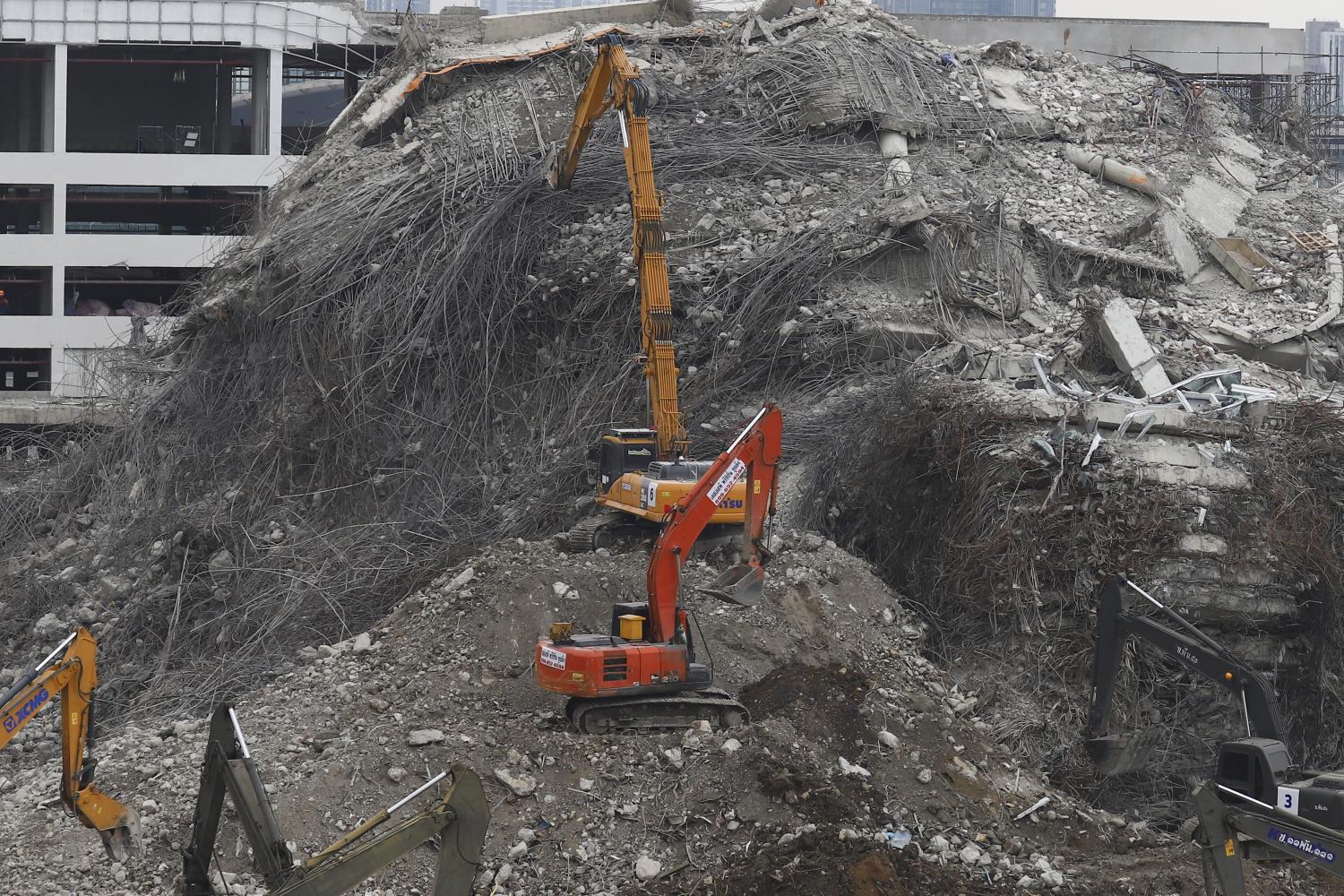
Four engineering institutes will work with the Department of Public Works and Town and Country Planning (DPT) to model the collapse of the State Audit Office's (SAO) 2.1-billion-baht high-rise, aiming to identify the real causes of the March 28 disaster following an earthquake in Myanmar.
Prime Minister Paetongtarn Shinawatra said after a meeting with stakeholders on Tuesday that it would require three months to complete the project.
"While substandard materials were likely a factor, it is believed the collapse involved more than one issue. Any parties found responsible will face legal consequences," she said.
She reassured the public that other buildings in the country were not significantly affected by the quake and would be able to withstand future tremors of the same magnitude or smaller. The government has ordered a review of building safety standards to ensure compliance with temblor-resistant regulations.
The ongoing recovery efforts at the collapse site are expected to take about a month as the remaining rubble is cleared and the search for any other victims is wrapped up, the premier stated.
She also responded to rumours about a steel supplier allegedly attempting to pressure the removal of Industry Minister Akanat Promphan, affirming that no company could succeed in such an effort.
The minister has been instrumental in the swift inspection of construction materials at the site, uncovering evidence of substandard steel, Ms Paetongtarn said.
On Monday night, rescue volunteers reported that four more bodies had been discovered in Zone C of the building. As of press time yesterday, the total death toll stood at 21, with nine others injured and 73 missing.
The discovery of the latest victims came after large machinery cleared an area above Zone C, creating a vertical gap. Initially, rescuers could only detect a scent, but after further excavation, cameras revealed clothing, leading to the recovery of the bodies.
The bodies were trapped under the rubble. The area was filled with debris, including cement and stone, requiring the use of safety equipment to prevent falls during the rescue operation. A 1,000-tonne crane was brought in to lift large concrete slabs to aid in the search.
Rescue teams with military and police dogs also resumed searching other zones, using heavy machinery to open up the area. The search for survivors continues.


